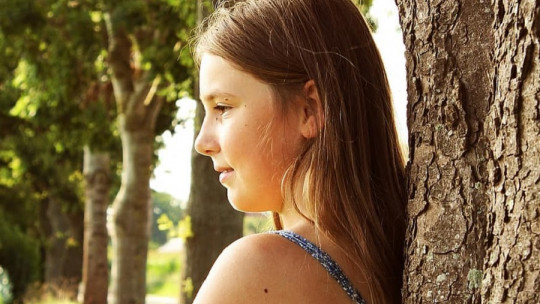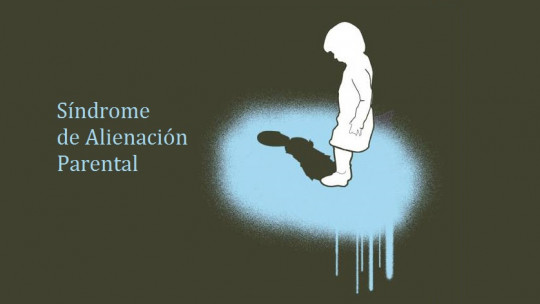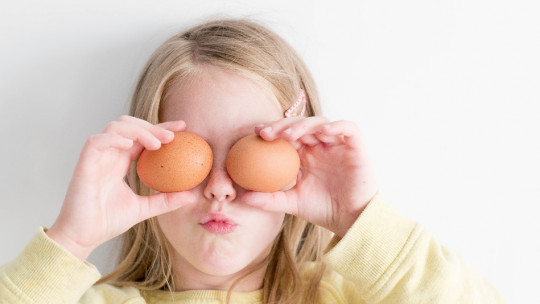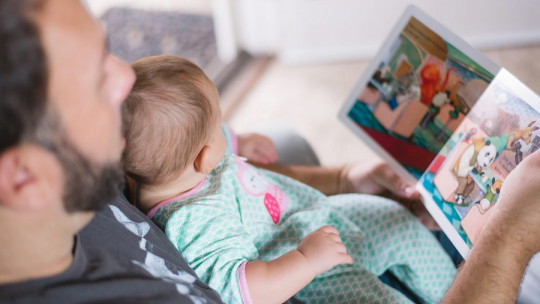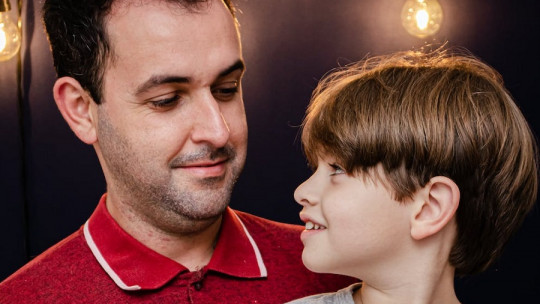
What does emotional self-control in children consist of? In this article we will talk about this issue and, in addition, we will provide you with a total of 9 emotional self-control techniques for children, which you can apply with them whether you are a professional or a parent.
These techniques are focused on teaching the little ones to understand and manage their emotions, with the aim of emitting more adaptive behavior in this regard (especially in the face of negative emotions such as anger or frustration).
As you will see, most of them are focused on promoting relaxation in overactivated states such as those that appear in tantrums or anger.
Emotional self-control in childhood: 9 recommendations
Before exposing some of the main emotional self-control techniques for children, let’s see what emotional self-control consists of.
Emotional self-control is that ability to manage emotions when faced with certain events that affect us (especially in a negative way). Through this management, the physiological activation of the body is also controlled.
This capacity is acquired over the years; When they are young, children may show difficulties in managing their emotions, due to their immaturity, lack of experience, insufficient language development… Getting angry, trying new things, asking questions, doubting… all this is part of their learning, and constitutes a normal and necessary phase for their psychoaffective development
However, we can also help them in this phase of self-knowledge, which at the same time involves the construction of their own identity and the configuration of their autonomy. How can we do it? Through different emotional self-control techniques for children.
Emotional self-control techniques for children
In this article we will see different emotional self-control techniques for children, which can be adapted to the developmental and chronological age of the child, as well as their characteristics, interests and needs. Without further ado, let’s get to know them:
1. Cake of calm
The first of the emotional self-control techniques for children that you can apply is the calm cake.
This technique consists of drawing a round shape on paper (which will be the cake), and dividing it into different pieces. Inside each piece We will write a “trick” or mechanism to calm ourselves when we are excessively nervous
Examples of “tricks” that we can use are: breathing deeply, counting to ten, imagining a pleasant scene, etc. The beauty of this technique is to collaborate together, and in this way search, together with the child, for different strategies (we can do an initial brainstorming session).
2. The balloon
The second recommended technique is the balloon (or “being a balloon”). It is about imagining, when we get angry, nervous or irritated, that we are a balloon that is swelling little by little
Once inflated, we will imagine that we are flying high and relaxing. We can use a real balloon to exemplify the technique and make it more visual and understandable for the child.
3. The volcano
The volcano is another of the emotional self-control techniques for children. This technique It is ideal to explain what the emotion of rage consists of Through this technique, we explain to the boy or girl that we are like a volcano; When we are calm and calm, the lava remains inside us. On the other hand, when we get angry, we erupt (the lava comes out with force, at full speed).
If you want the child to better understand this metaphor through a live experiment, you can find said experiment in this video:
4. The traffic light
Another of the most used emotional self-control techniques for children is the traffic light technique. This consists of teaching children to calm down in situations that cause them anger or frustration Through it, a parallel is made with the operation of a traffic light. It consists of three steps (the three colors of the traffic light).
How can we carry out this technique? Through a drawing of the traffic light, made by the child, where he will place (right next to it) the instructions that we propose below (and that we will apply when we are angry or nervous):
In the first step, when we are on the red light, we must stop (as a vehicle would do at a red light); When we go to yellow, we must think about what is happening to us “inside” and look for possible alternatives for action; Finally, in the color green, we will calm down and act rationally.
5. Anti-stress ball
This technique consists of creating, together with the child (or he, independently), an “anti-stress ball”, to squeeze or press in moments of nervousness, anger, frustration or rage A simple way to make it is with a deflated balloon, filling it with rice, lentils or chickpeas.
6. Space of calm
Another possible emotional self-control technique for children, in this case, that can be used at home, is creating a space of calm and “relaxation” for him When you go to this space, in moments of overarousal or anger, the goal will be to relax and enter a state of calm and peace.
The place can be chosen by the child, together with his parents; It can be an area of the room, a storage room, a part of the dining room… it all depends on each family.
Recommended ideas to make this space a calm and cozy place are: adding some speakers (to play relaxing music), placing stuffed animals or objects that the child likes, soft cushions to relax, drawings or paintings that inspire calm, aromatic products , etc.
7. Sandbox
We can also resort to stimulating the senses, precisely to produce the opposite effect: relaxation in moments of hyperarousal We can do it through sensory stimuli such as sand.
A technique that we propose, this time more artisanal, is the creation, together with the child (or, we repeat, that he creates it independently, to his liking), a box full of sand, where he can also place toys. When he is nervous he can stir the sand, close his eyes and sink his fingers in it, etc., in order to relax and connect with the sense of touch.
8. Listen to mantras (or music)
They already say that, “music tames beasts.” Thus, music can also be part of emotional self-control techniques for children. In this case, we propose the use of mantras.
When we pronounce them (and with practice), our brain is able to calm down These can be words or short phrases that the child repeats when he is nervous or calm, with appropriate background music. On the other hand, we can also use relaxing songs, without the use of mantras.
9. Blow bubbles
This technique uses breathing control to obtain a feeling of relaxation in the body, and involves imagining blowing bubbles. For it, it is necessary to control breathing; we must blow gently so that the bubbles are created
This technique, once learned, can be used by children alone (especially when they are small), or we can also accompany them during practice, pretending that it is a game.



